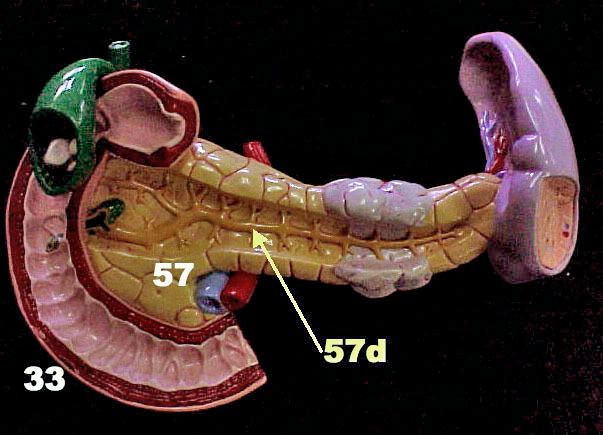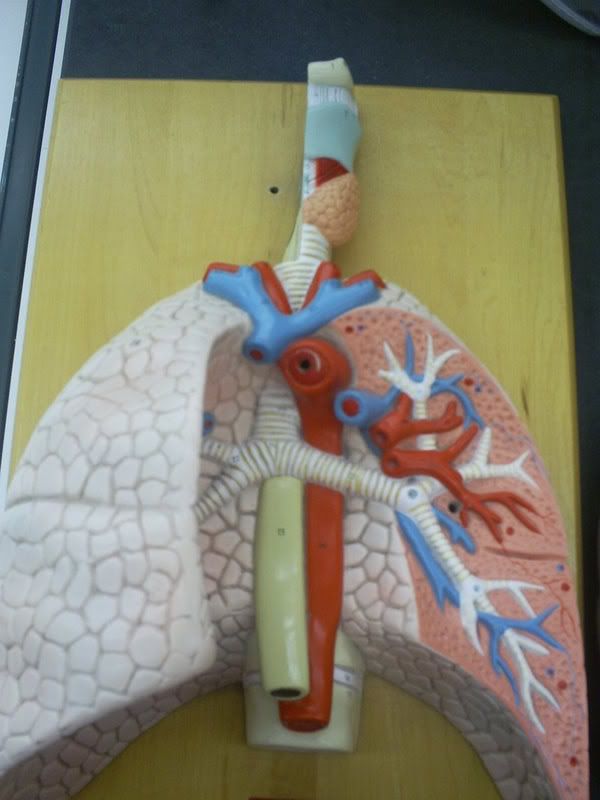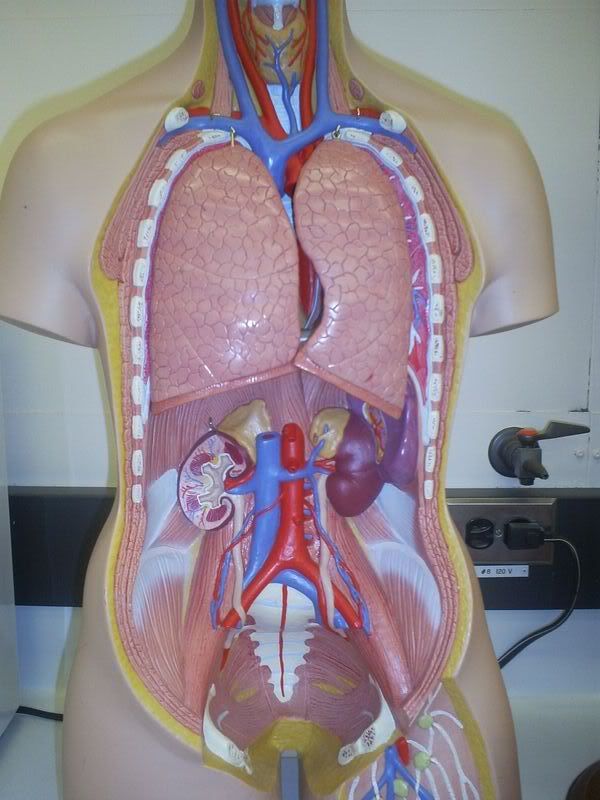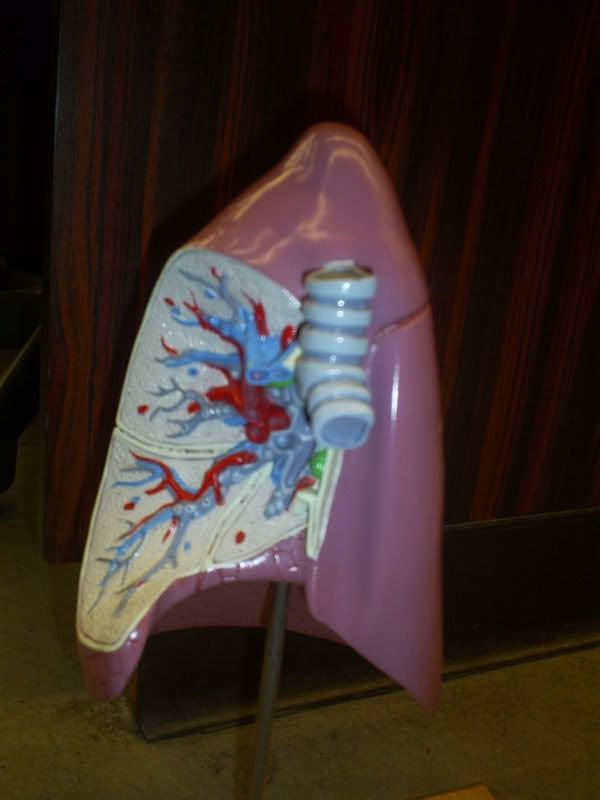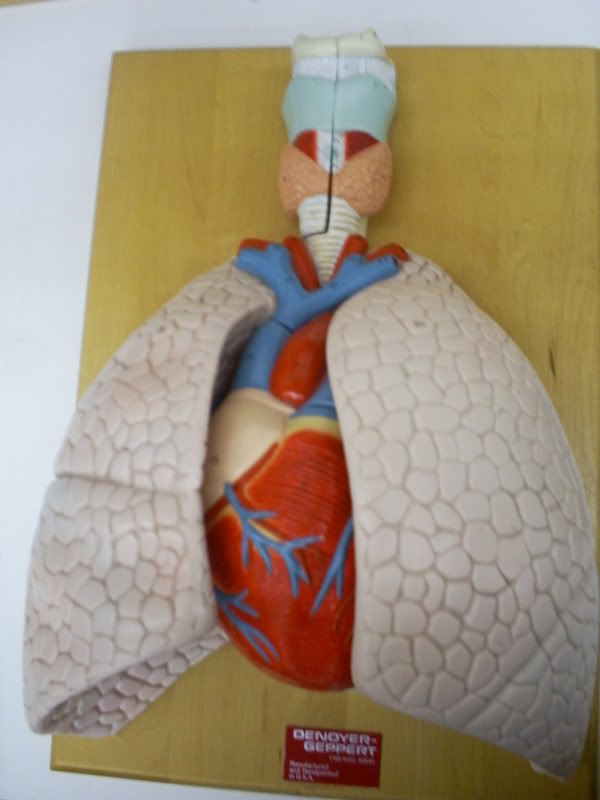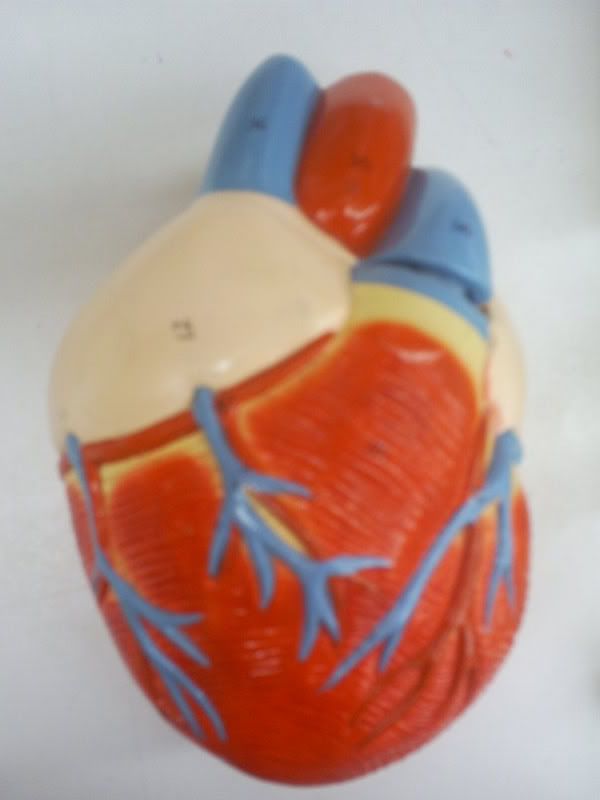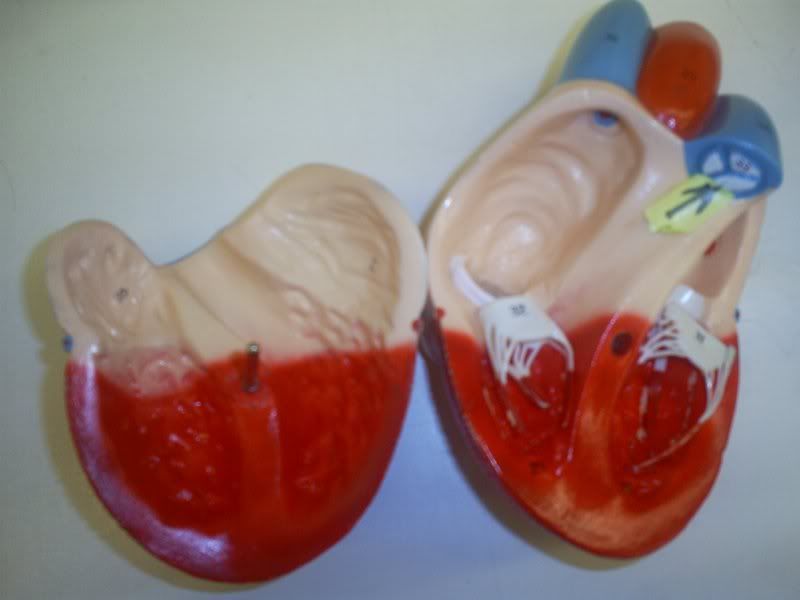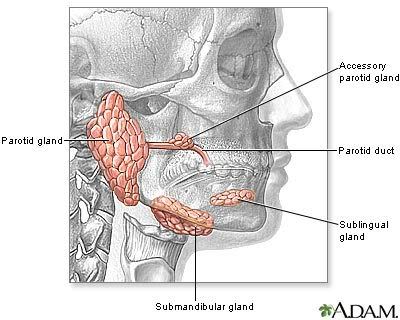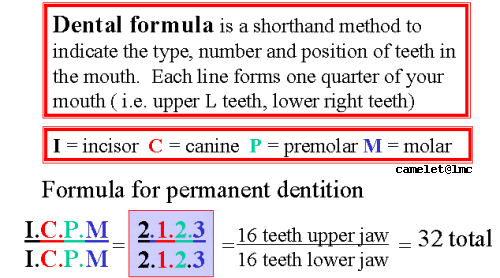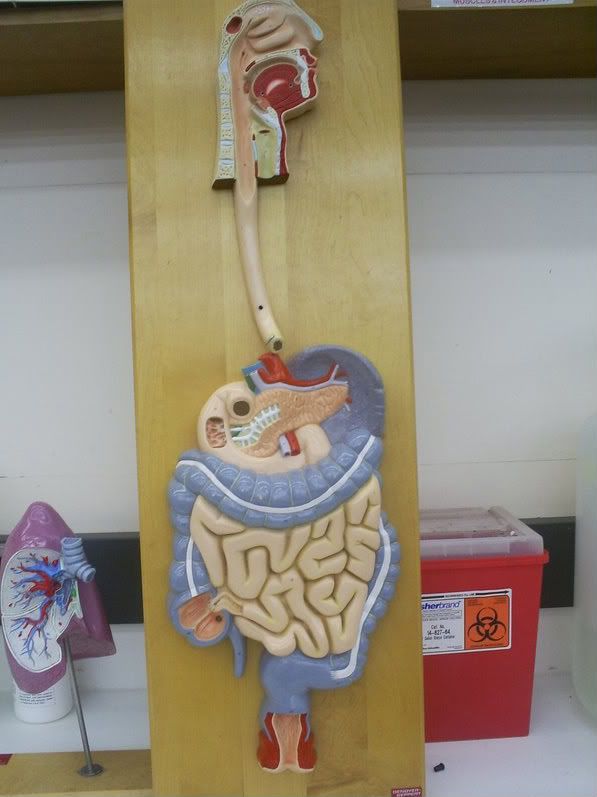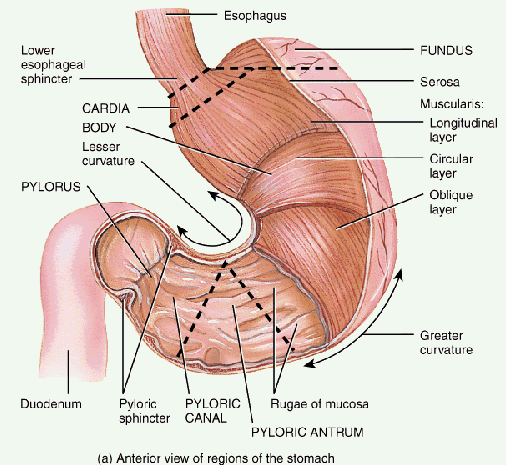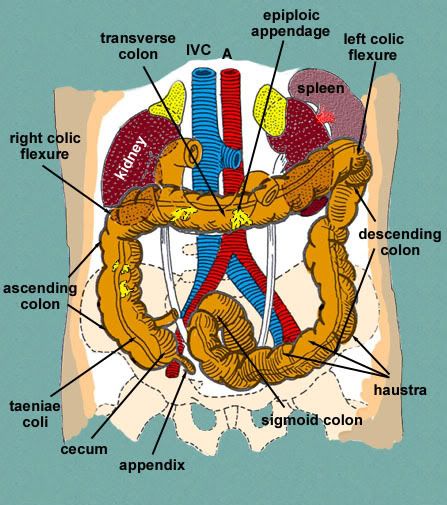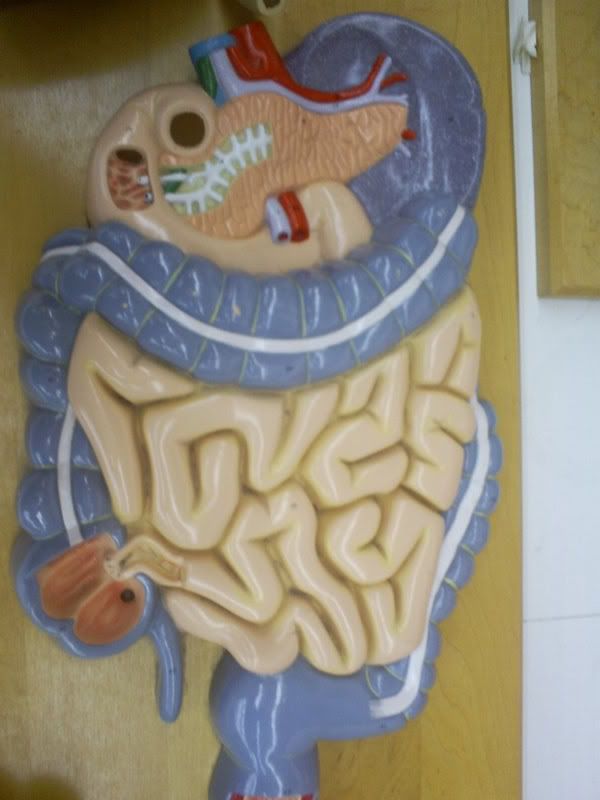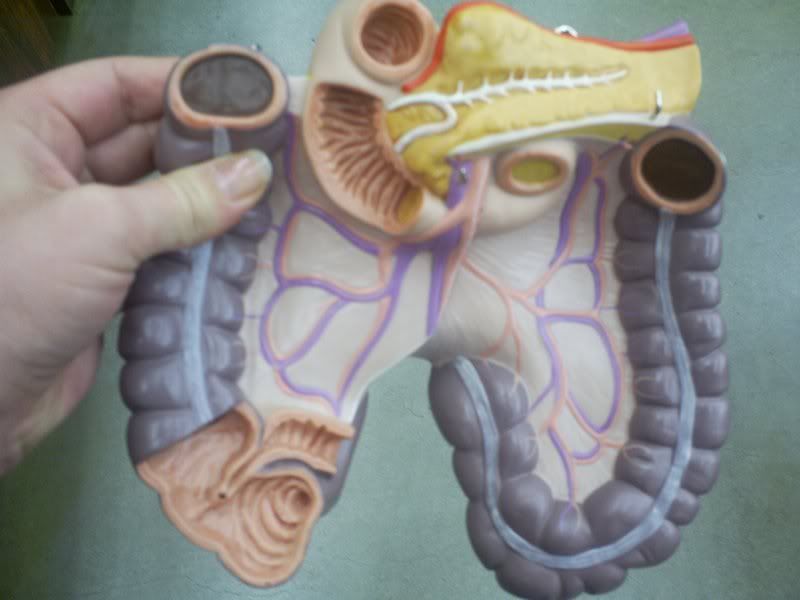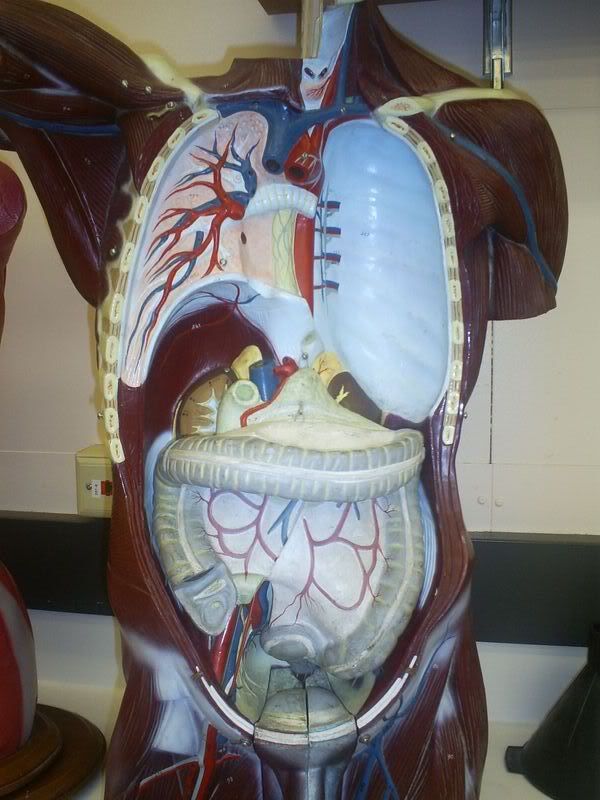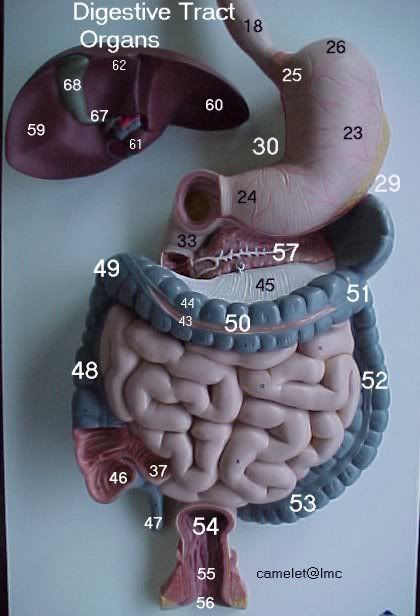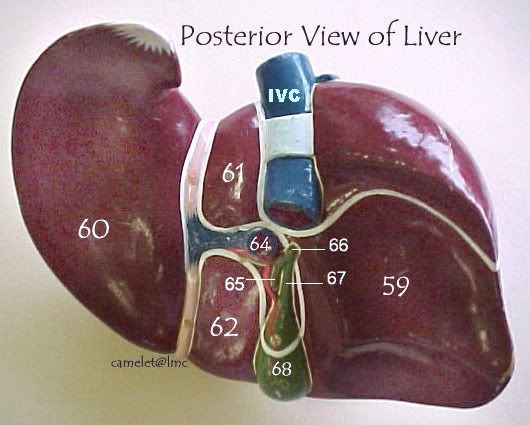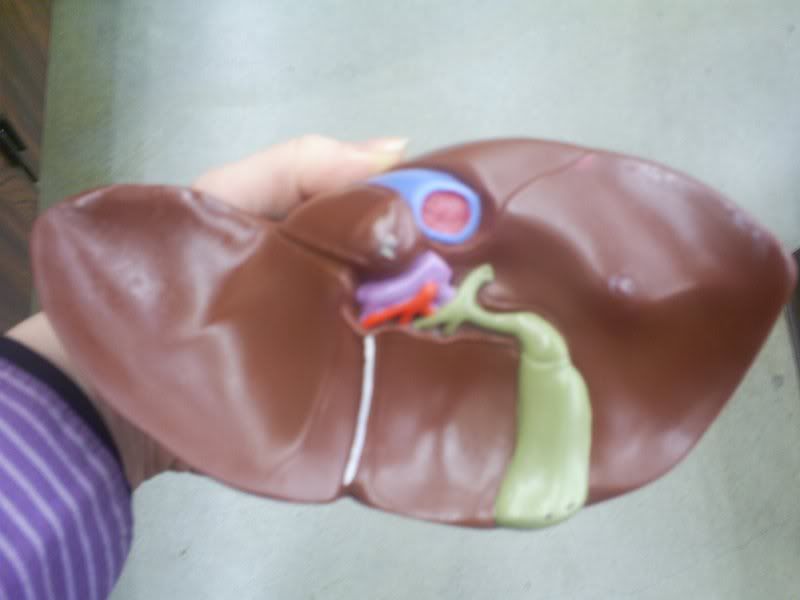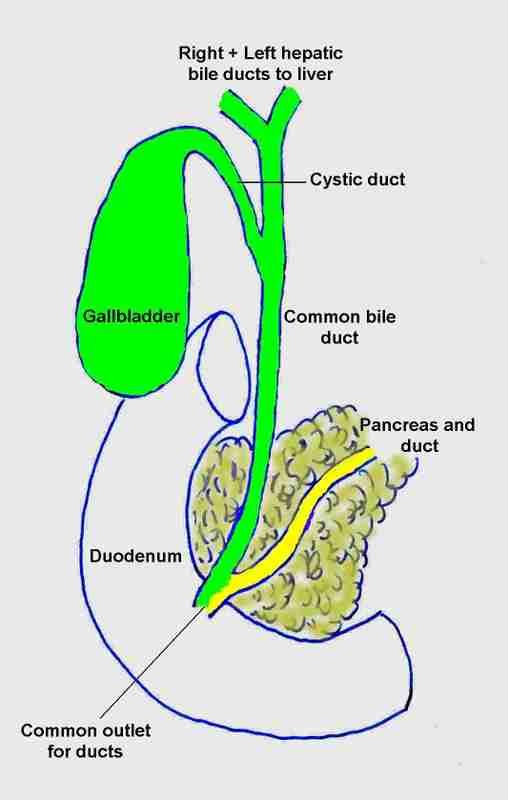Endocrine System:
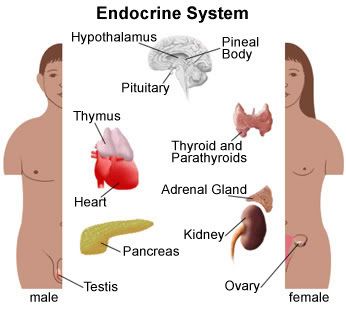
For a quick explanation of the endocrine system check out
the University of Montana web page. It also explains the effects of alcohol on the endocrine system which would be pertinent for many college students and more than one of my friends :) The web site really isn't very specific... and it leaves out the thymus... the alcohol reference reminded me of college students in general, so I thought to include it.
For a more all encompassing and in depth explanation check out
Lake Michigan College their web site is very comprehensive and is quickly becoming my favorite online reference for this class.
pituitary gland-Pituitary gland: small marble-sized gland located in the brain directly below the hypothalamus. The gland has two parts, the anterior and posterior; it excretes many hormones as we should all know from lecture.
thyroid gland-Two lobes, located in front of the windpipe just below the voice box.
Produces two hormones thyroxine and triiodothyronine: thyroid hormones in general increase the metabolism of almost all body tissues.
parathyroid gland-Four pea sized bodies located behind the thyroid gland that produce PTH. Our lab instructor stated it just looks like "larger bumps" on the under-side (posterior) of the thyroid. SO IF IT IS PINNED it will be the pin posterior to the thyroid.
pancreas- Located in abdomen behind (deep to) the stomach. It releases pancreatic secretions into the
pancreatic duct which joins with bile and dumps into the
duodenum. The secretion's release is controlled by the
hepatopancreatic sphincter, also called the
Sphincter of Oddi. Some people have an
accessory pancreatic duct which has it's own entry into the duodenum (see associated digestive organs post below.)
Thymus- Located in mediastinum and lies on pericardium. In the cadaver it is merely a flap over the heart region because it shrinks in size as we age... and our cadaver looks OLD.
Adrenal glands- Are located on superior border of kidneys. As we remember from histology, they are comprised of three zones of Adrenal Cortex (zona glomerulosa, zona fasiculata & zona reticularis).
